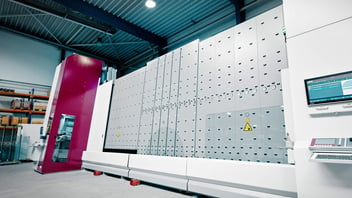From November 2023, the ban on microplastics and products to which microplastics have been deliberately added will come into force in the EU. What this has to do with transporting glass and what possibilities there are to comply with the new legislation.
WHAT ROLE DOES MICROPLASTIC PLAY IN GLASS TRANSPORT?
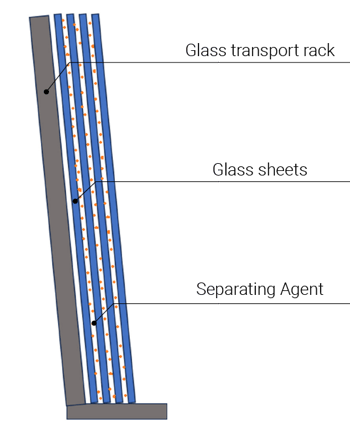 When flat glass sheets are transported from the float glass plant to the glass processing plant, adhesion forces and chemical reactions can cause a solid bridge to form between the glass sheets, making subsequent separation difficult or even impossible. Historically, this problem was solved with interleaving paper. Today, cheaper interleaving powders are used, which also prevent scratching of the raw glass panes. Common glass separating agents largely consist of microplastics, i.e. plastic particles smaller than 5 mm.
When flat glass sheets are transported from the float glass plant to the glass processing plant, adhesion forces and chemical reactions can cause a solid bridge to form between the glass sheets, making subsequent separation difficult or even impossible. Historically, this problem was solved with interleaving paper. Today, cheaper interleaving powders are used, which also prevent scratching of the raw glass panes. Common glass separating agents largely consist of microplastics, i.e. plastic particles smaller than 5 mm.
Figure 1: Schematic diagram of a glass transport rack with glass panes with glass separating powder (orange dots) is used.
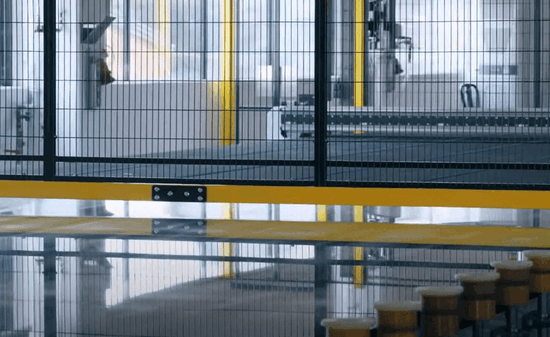 Every year, several tonnes of glass separating powder are consumed in float glass plants worldwide. The separating agent is delivered with the panes. After the glass storage system (e.g. the LiSEC ATH, SBL, SBH, SLR,..) has separated the individual jumbo glass sheets, a large part of the separating agent is removed with a static or rotating brush and vacuumed off. After cutting the glass sheets to size on the LiSEC DSC-A, ESL-RS or another cutting table, the rest of the glass separating agent is washed off. In the worst case, it ends up in the waste water and thus in the environment, where the plastic particles remain for centuries and are broken down into smaller and smaller particles.
Every year, several tonnes of glass separating powder are consumed in float glass plants worldwide. The separating agent is delivered with the panes. After the glass storage system (e.g. the LiSEC ATH, SBL, SBH, SLR,..) has separated the individual jumbo glass sheets, a large part of the separating agent is removed with a static or rotating brush and vacuumed off. After cutting the glass sheets to size on the LiSEC DSC-A, ESL-RS or another cutting table, the rest of the glass separating agent is washed off. In the worst case, it ends up in the waste water and thus in the environment, where the plastic particles remain for centuries and are broken down into smaller and smaller particles.
Figure 2: At the cutting table, much of the glass separating powder is removed by the dynamic brush on the underside
MICROPLASTIC-FREE ALTERNATIVES
To protect the environment and comply with the new regulation, manufacturers and importers of glass products must ensure that no microplastics enter the environment or that they use alternative release agents that are biodegradable. Leading release agent manufacturers have therefore been engaged in research into plastic-free alternatives to conventional separating powders for a while.
The new materials have been tested for months. They are based on a natural, renewable raw material, can be both processed and removed with the equipment available on the market, and so far no negative effects on the quality or processing of the glass have been detected.
If you would like to know more, please contact your suppliers and ask about the new products.







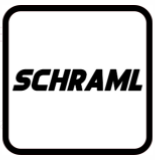






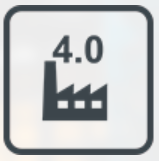


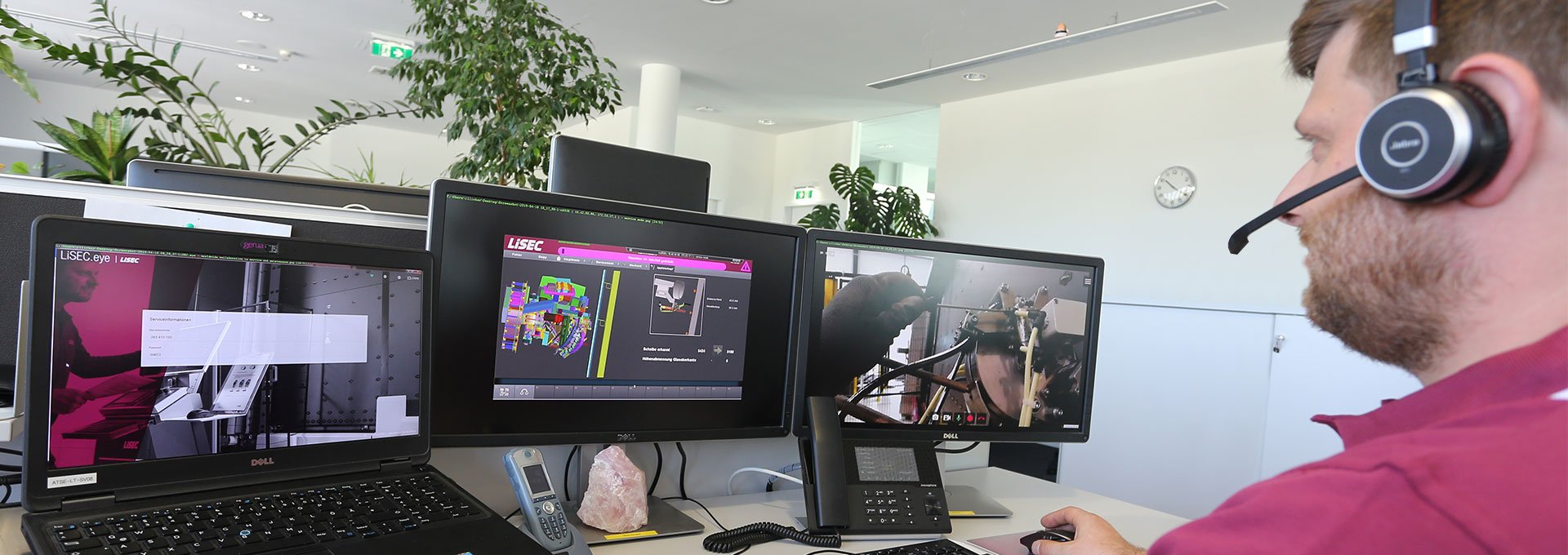















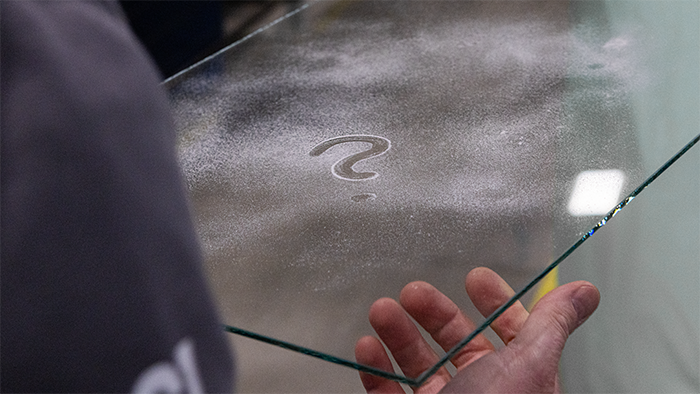


.jpg?width=352&name=MRX-B_0003_Update%20(1).jpg)
